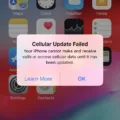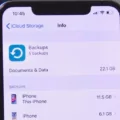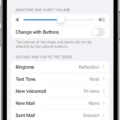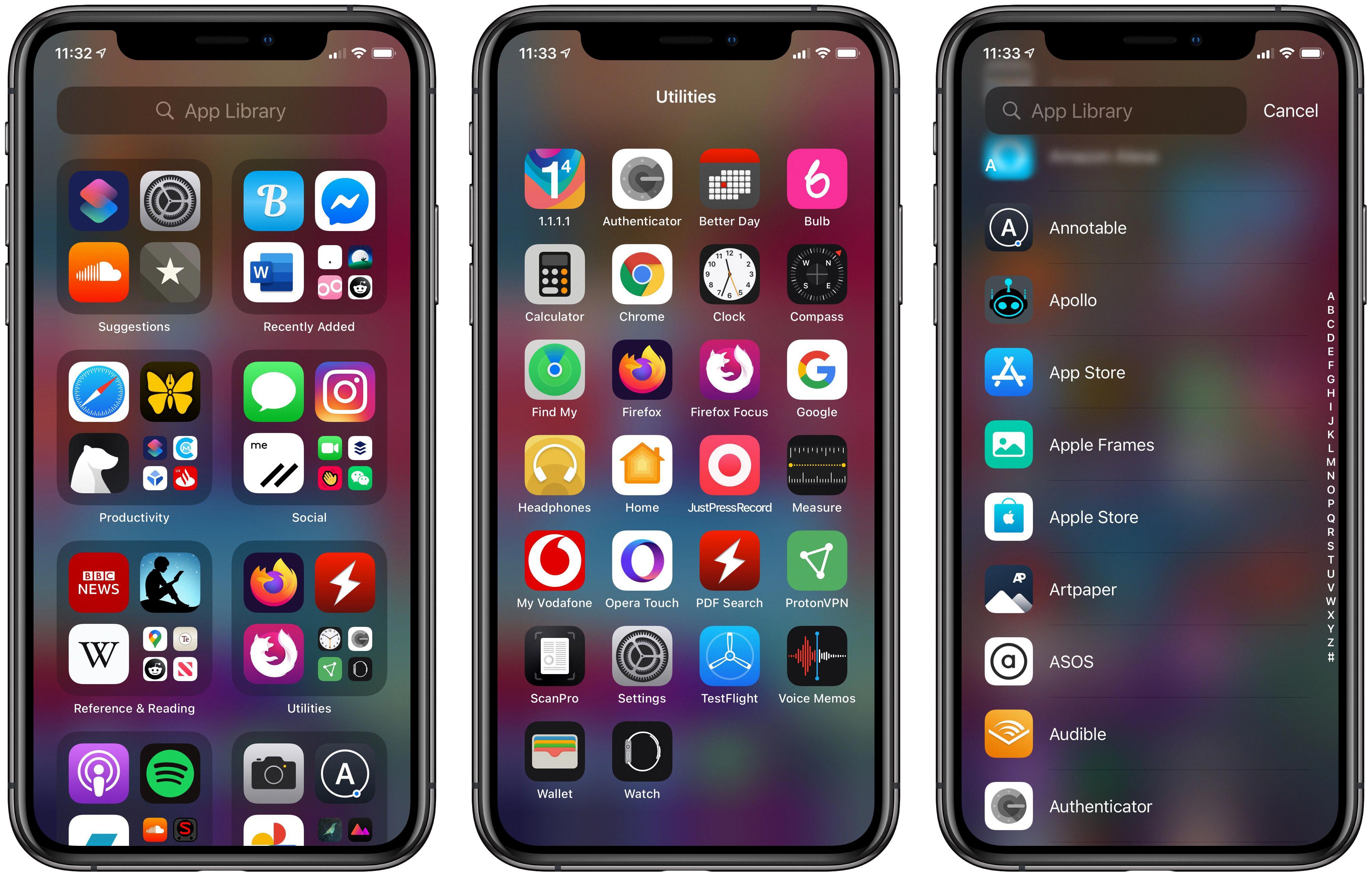If you own an iPhone, you may have encountered situations where you need to restore your device. Whether it’s due to software issues, a failed update, or any other reason, restoring your iPhone can sometimes be necessary. However, what do you do when your iPhone won’t restore in recovery mode? In this article, we will explore five tips to help you resolve this frustrating issue.
Method 1: Fix iPhone Won’t Restore in Recovery Mode without Data Loss
One of the easiest and safest ways to fix the “iPhone won’t restore in recovery mode” issue is by using a professional iOS system recovery tool like Dr.Fone – System Repair (iOS). This software can repair various iOS system issues without any data loss. Here’s how to use it:
1. Download and install Dr.Fone – System Repair (iOS) on your computer.
2. Launch the software and connect your iPhone to the computer using a USB cable.
3. Select the “System Repair” option from the main interface and click on “Start” to begin the process.
4. Follow the on-screen instructions to put your iPhone into DFU mode.
5. Once your iPhone is in DFU mode, the software will detect your device and provide the appropriate firmware to download.
6. Click on “Download” to proceed with the firmware download.
7. After the firmware is downloaded, click on “Fix Now” to start the repair process.
8. Wait for the software to fix the iOS system issues on your iPhone. Once done, your device will restart normally.
Method 2: Put iPhone into DFU Mode & Restore with iTunes (Data Loss)
If the previous method didn’t work, you can try putting your iPhone into DFU (Device Firmware Update) mode and restore it using iTunes. This method will erase all the data on your device, so make sure you have a backup before proceeding. Here’s how to do it:
1. Connect your iPhone to your computer and make sure iTunes is open.
2. Press and hold the Power button and Home button (Volume Down button for iPhone 7 and later) simultaneously for about 10 seconds.
3. Release the Power button but continue holding the Home (or Volume Down) button until iTunes detects your iPhone in recovery mode.
4. You will see a prompt on iTunes asking you to restore or update your iPhone. Select the “Restore” option.
5. iTunes will download the latest iOS firmware for your iPhone and restore it to factory settings.
6. Follow the on-screen instructions to set up your iPhone as new or restore it from a backup.
Method 3: Update iTunes to the Latest Version
Sometimes, an outdated version of iTunes can cause issues with restoring your iPhone. To ensure compatibility and stability, it’s essential to update iTunes to the latest version. Here’s how to do it:
1. Open iTunes on your computer.
2. On a Mac, click on the “iTunes” menu and select “Check for Updates.” On a Windows PC, click on the “Help” menu and select “Check for Updates.”
3. If an update is available, follow the on-screen instructions to download and install the latest version of iTunes.
4. Once the update is complete, try restoring your iPhone again.
Method 4: Remove Anti-virus Software Temporarily
Some anti-virus software or firewall settings on your computer may interfere with the iPhone restore process. To rule out this possibility, try temporarily disabling or uninstalling your anti-virus software. Here’s how to do it:
1. Open the settings or preferences of your anti-virus software.
2. Look for options related to firewall or real-time protection and disable them.
3. If necessary, uninstall the anti-virus software completely.
4. Restart your computer and try restoring your iPhone again.
Method 5: Use the Original USB
Using a faulty or non-original USB cable can sometimes cause issues with restoring your iPhone. To ensure a stable connection, it’s recommended to use the original Apple USB cable that came with your device. If you don’t have it, try using a high-quality, MFi-certified USB cable. Avoid using third-party or counterfeit cables as they may not provide a reliable connection.
When your iPhone won’t restore in recovery mode, it can be frustrating and worrisome. However, with the five tips mentioned in this article, you can troubleshoot and resolve the issue. Remember to try the less intrusive methods first, such as using Dr.Fone – System Repair (iOS) to fix the problem without data loss. If all else fails, resort to the DFU mode and restore with iTunes, but be prepared for the loss of your data. By following these tips, you can get your iPhone back up and running smoothly.
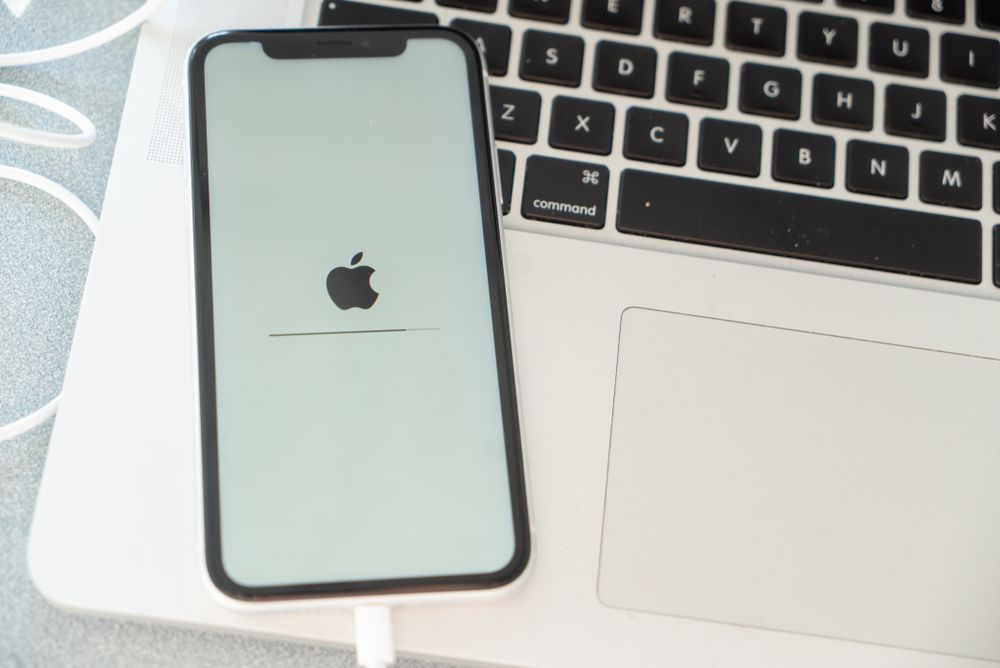
What Happens When iPhone Restore Doesn’t Work?
When an iPhone restore doesn’t work, it can be frustrating and worrisome. There can be several reasons why a restore might fail, and it’s important to understand what happens in such situations. Here are some possible scenarios that can occur when an iPhone restore doesn’t work:
1. Error messages: When the restore process fails, you may see error messages on your iPhone or computer screen. These error messages usually come with a code, such as Error 9, Error 4013, or Error 14. These codes indicate specific issues that occurred during the restore process, such as hardware problems, software conflicts, or connectivity issues.
2. Stuck in recovery mode: If the restore process fails, your iPhone may get stuck in recovery mode. Recovery mode is a state where the device displays a “Connect to iTunes” logo on the screen. In this state, your iPhone cannot be used until it is restored successfully or exited from recovery mode.
3. Data loss: When a restore fails, it may result in data loss. This means that any data that was not backed up before the restore attempt may be permanently erased. This includes photos, videos, contacts, messages, and app data. It is crucial to regularly back up your iPhone to avoid losing important data in such situations.
4. Hardware issues: Sometimes, a failed restore could be due to hardware problems with your iPhone. Issues like faulty cables, damaged ports, or internal component failure can prevent the restore process from completing successfully. In such cases, it may be necessary to have your iPhone inspected and repaired by an authorized service provider.
5. Software conflicts: In some instances, conflicts with third-party software or settings on your computer can cause a restore to fail. This could be due to incompatible software, outdated drivers, or security settings that block the restore process. Troubleshooting these software conflicts may involve updating your computer’s software, disabling security software temporarily, or using a different computer for the restore.
When an iPhone restore doesn’t work, it’s important to troubleshoot the issue to identify the cause and find a solution. This can involve trying different cables, updating software, checking hardware components, or seeking assistance from Apple Support or an authorized service provider.
Why Isn’t Your iPhone Restore Finishing?
There could be several reasons why your iPhone restore is not finishing. Here are some possible causes:
1. Poor or unstable internet connection: A slow or unstable internet connection can interrupt the restore process. Make sure you have a strong and stable Wi-Fi connection before attempting to restore from iCloud backup.
2. Insufficient storage space: If your iPhone does not have enough free space, the restore process may fail. Check the available storage on your device and delete any unnecessary files or apps to free up space.
3. Outdated iOS version: If your iPhone is running an outdated iOS version, it may cause compatibility issues during the restore process. Ensure that your device is running the latest version of iOS before attempting to restore.
4. iCloud server issues: Sometimes, iCloud servers may experience temporary issues or downtime, which can affect the restore process. Check Apple’s System Status page to see if there are any ongoing server issues that could be causing the problem.
5. Corrupted backup file: If the iCloud backup file itself is corrupted, it may prevent the restore process from completing. In this case, you may need to delete the existing backup and create a new one.
To resolve the issue and get your iPhone to finish restoring from iCloud backup, you can try the following troubleshooting steps:
1. Restart your iPhone: Sometimes, a simple restart can fix temporary glitches. Turn off your iPhone and then turn it back on again.
2. Reset network settings: Go to Settings > General > Reset > Reset Network Settings. This will reset your network settings, including Wi-Fi passwords, so make sure you have them handy before proceeding.
3. Check iCloud storage: Verify that you have sufficient iCloud storage space available for the restore. You can check this by going to Settings > [Your Name] > iCloud > Manage Storage.
4. Update iOS: Ensure that your iPhone is running the latest version of iOS. Go to Settings > General > Software Update to check for any available updates and install them if necessary.
5. Try a different Wi-Fi network: If you suspect that the Wi-Fi network you are currently using is causing the issue, try connecting to a different network and see if the restore process completes successfully.
If none of these steps resolve the issue, you may need to contact Apple Support for further assistance. They can provide more specific troubleshooting steps or offer guidance on alternative solutions.
Conclusion
Restoring an iPhone can sometimes be a frustrating process, especially when it doesn’t work as expected. However, there are several methods you can try to resolve the issue.
Firstly, you can attempt to fix the problem without data loss by using a professional iOS system recovery tool. These tools can help you fix various iOS issues, including iPhone restore problems, without deleting any data on your device.
If that doesn’t work, you can try putting your iPhone into DFU (Device Firmware Update) mode and restoring it using iTunes. This method may result in data loss, so it’s important to have a backup of your iPhone before attempting it.
Updating iTunes to the latest version can also help resolve compatibility issues that may be causing the restore problem. Additionally, temporarily disabling any anti-virus software on your computer can help ensure a smooth restore process.
Lastly, using the original USB cable that came with your iPhone is recommended, as third-party cables may not provide a stable connection for the restore process.
If you’re experiencing issues with restoring your iPhone, it’s important to try different methods and troubleshoot the problem. Whether it’s using a professional iOS system recovery tool, putting your device into DFU mode, updating iTunes, disabling anti-virus software, or using the original USB cable, there are several steps you can take to overcome the restore problem and get your iPhone back to its normal functioning state.


